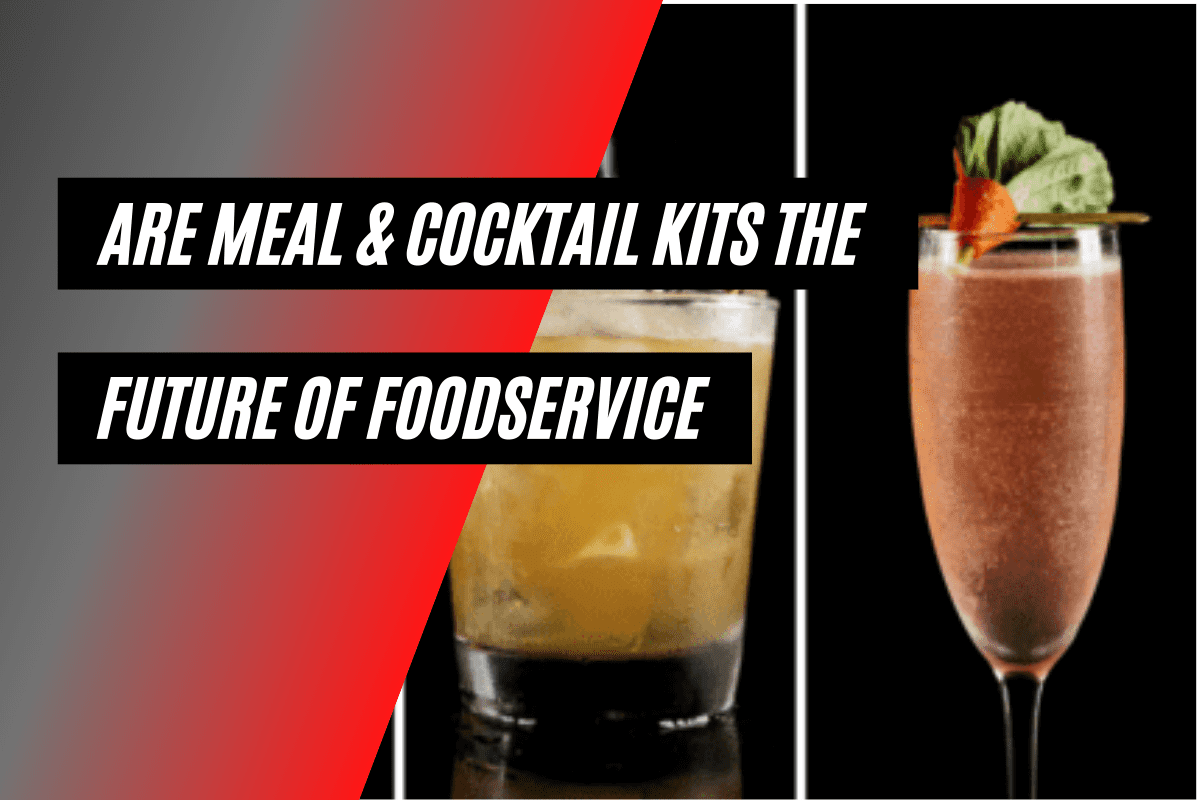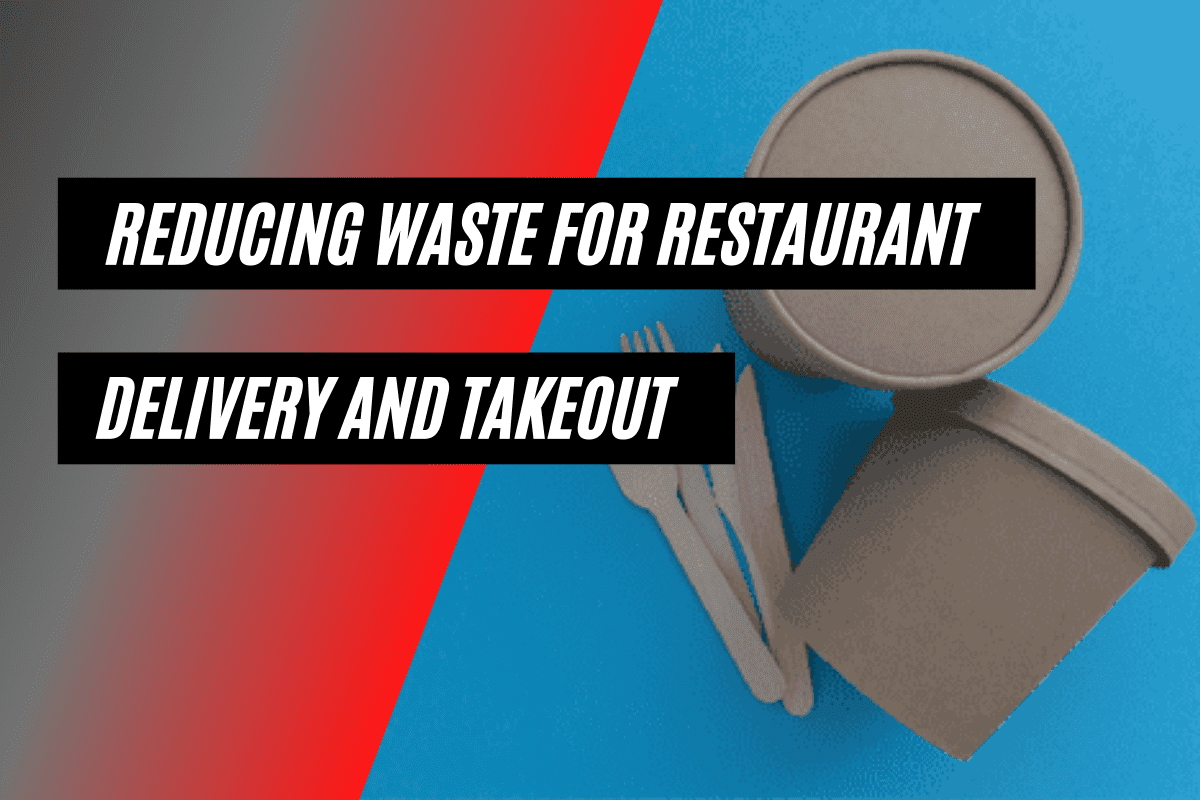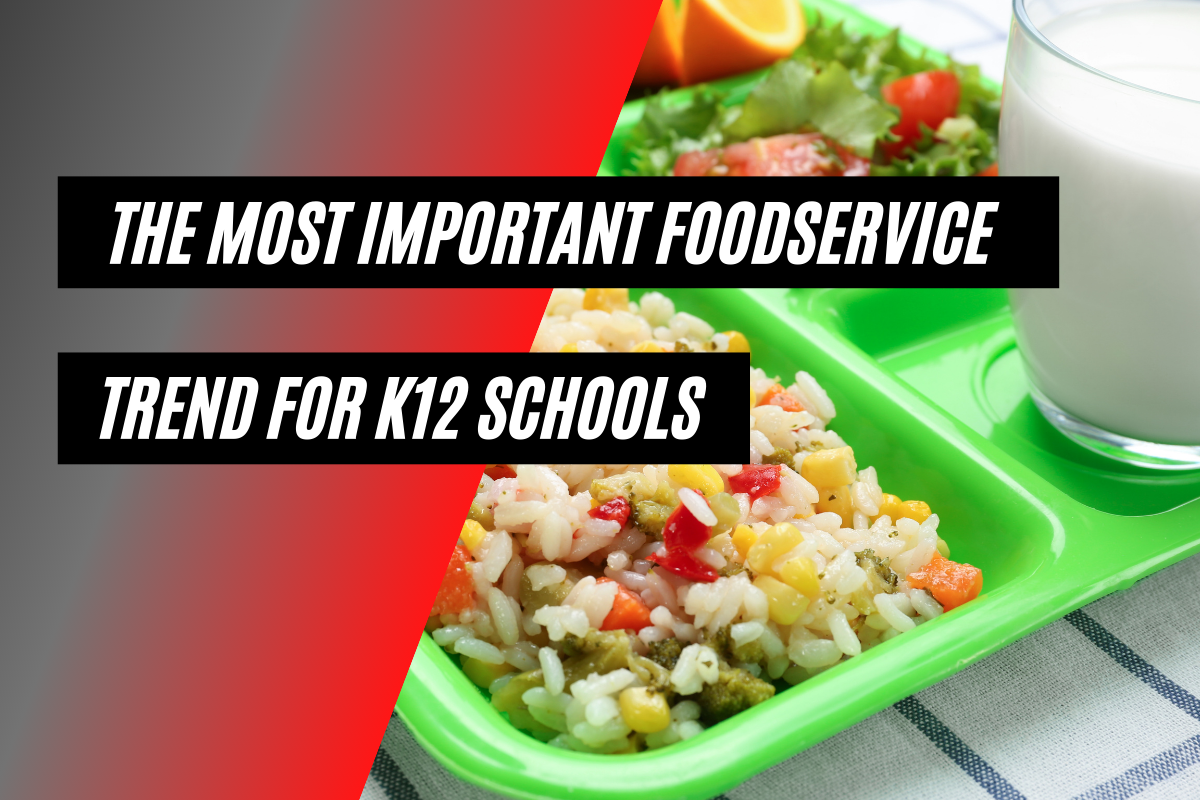We've detailed many of the changes in foodservice through a variety of our posts in 2020. From the great debate between sanitizer and soap and water to senior care foodservice compliance, there have been many adjustments across the entire landscape of where and how we eat.
Let's consider a few different types of operations.
Schools are now either going back in session or are in the final stages of planning and executing how the new school year will unfold. In some cases, school foodservice is helping to drive the decisions, while in others, directors are having to take more reactionary roles. In either case, the way our nation's students eat in schools this year is going to be drastically different.
Restaurants have had to change just to survive. Some models based on delivery and takeout have essentially doubled down on that philosophy. Other restaurants, mainly full-service and fine dining, have had to pivot into using the carryout model as their main modes of profit, basically going from providing an experience to becoming a ghost kitchen. And as we've seen all across the country, many of our restaurants are now delivering food to tables that are out in the parking lot or even in a blocked-off street.
Finally, we have our healthcare and senior care communities. In many ways, they are the ground zero of the COVID-19 outbreak because of the demographics that call them home. Our longterm care communities have been some of the hardest hit during the current pandemic. As a result, foodservice has completely changed in these operations, with delivery shifting from dining rooms to in-room.
What's the common thread between these types of foodservice operations? What trend has emerged between them all?
Mobility in service.
Whether foods are being delivered from the school cafeteria directly to the classroom, a restaurant kitchen to a table out in the street, or from a senior care foodservice operation right to a resident's room -- the one foodservice trend that's emerged during this current pandemic is the need to take foods from where it's cooked to where it's consumed.
Let's repeat that.
The one foodservice trend during the coronavirus pandemic that we see more than any other trend is the need to deliver food from where it's cooked to where it's consumed. And this trend comes with some important considerations in order to pull it off successfully.
First, meals need to be safe. Whether we're talking about serving temperatures or the need to reduce exposure to air particles and potential droplets containing the coronavirus, when food is delivered from point A to point B, it should be held at the right temperatures and should be shielded from potential exposure. Next, food should be delivered with quality. Just because the distance and/or time might be longer between cooking and consumption doesn't mean foods have to be served in poor conditions. And finally, we have the interaction of the service itself. Think about being a resident in a senior care community only to have your daily lunch with friends taken away. Those human interactions during in-room meal delivery are very important.
No matter what you're serving or how, we have a collection of solutions that can help you maximize the efficiency and quality of your service during the Coronavirus pandemic.
Delivery carts and food stations are what we do best. If you have any questions about how our solutions could potentially help your service delivery, we'd be happy to discuss the options available to you.




